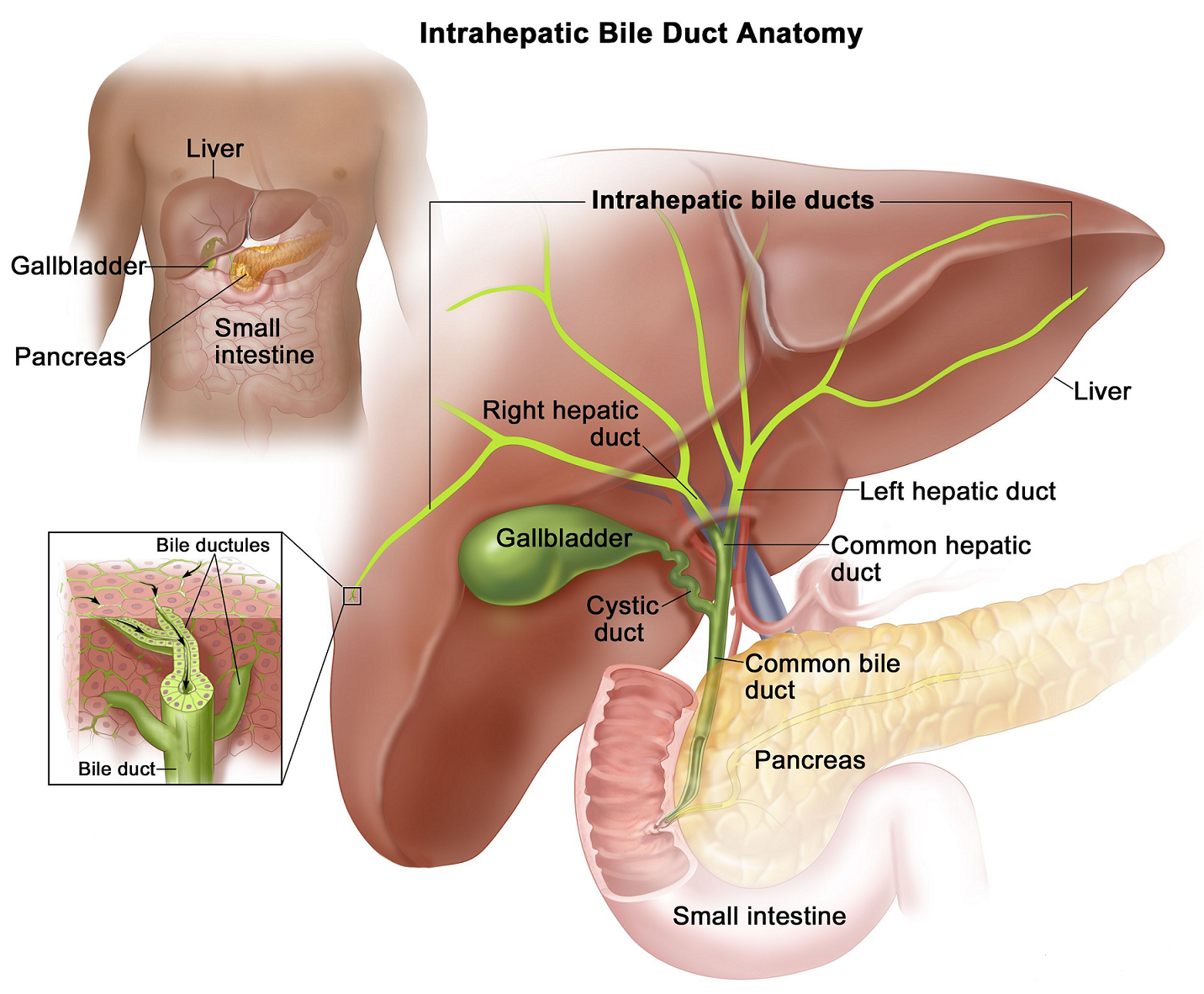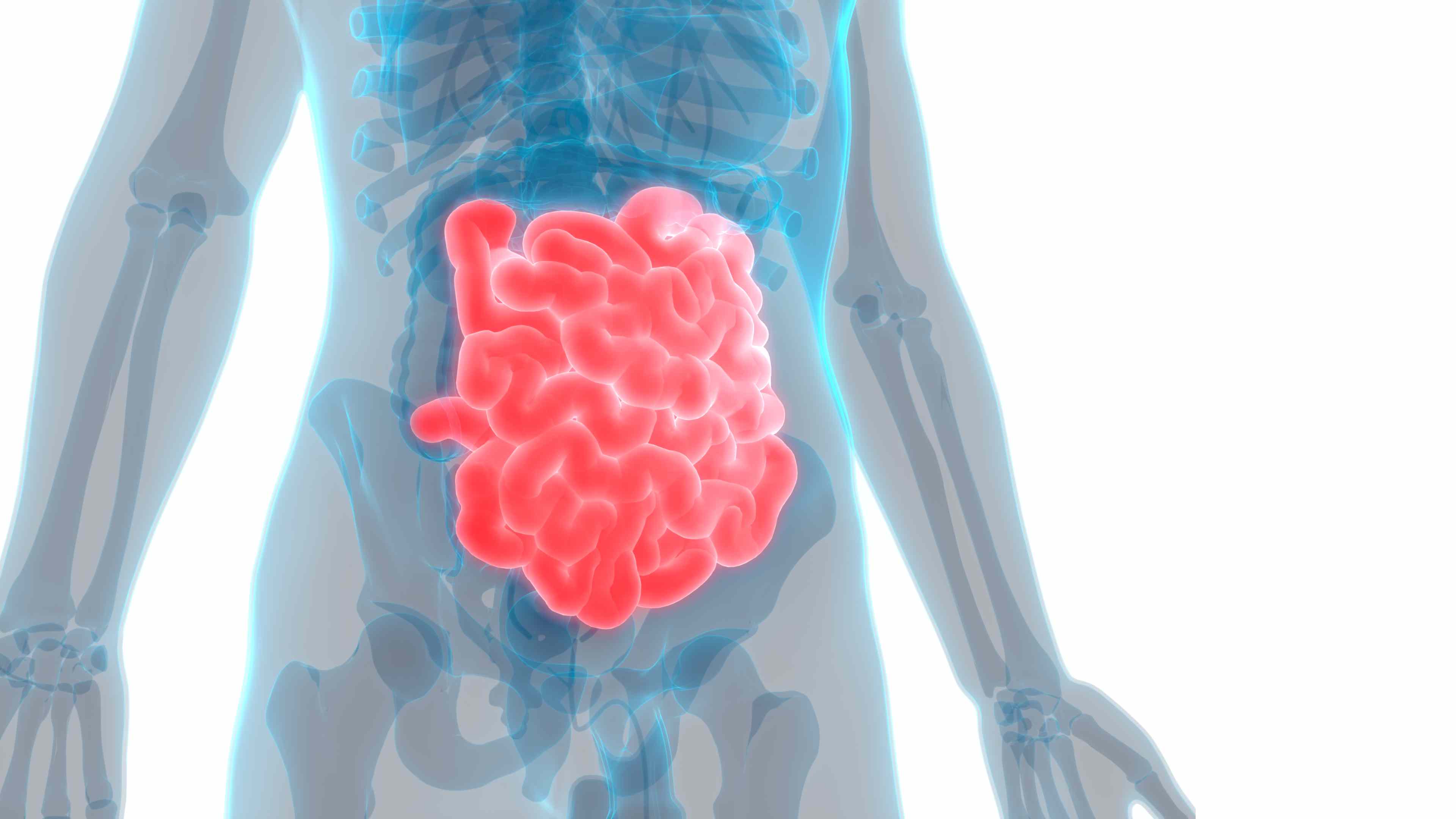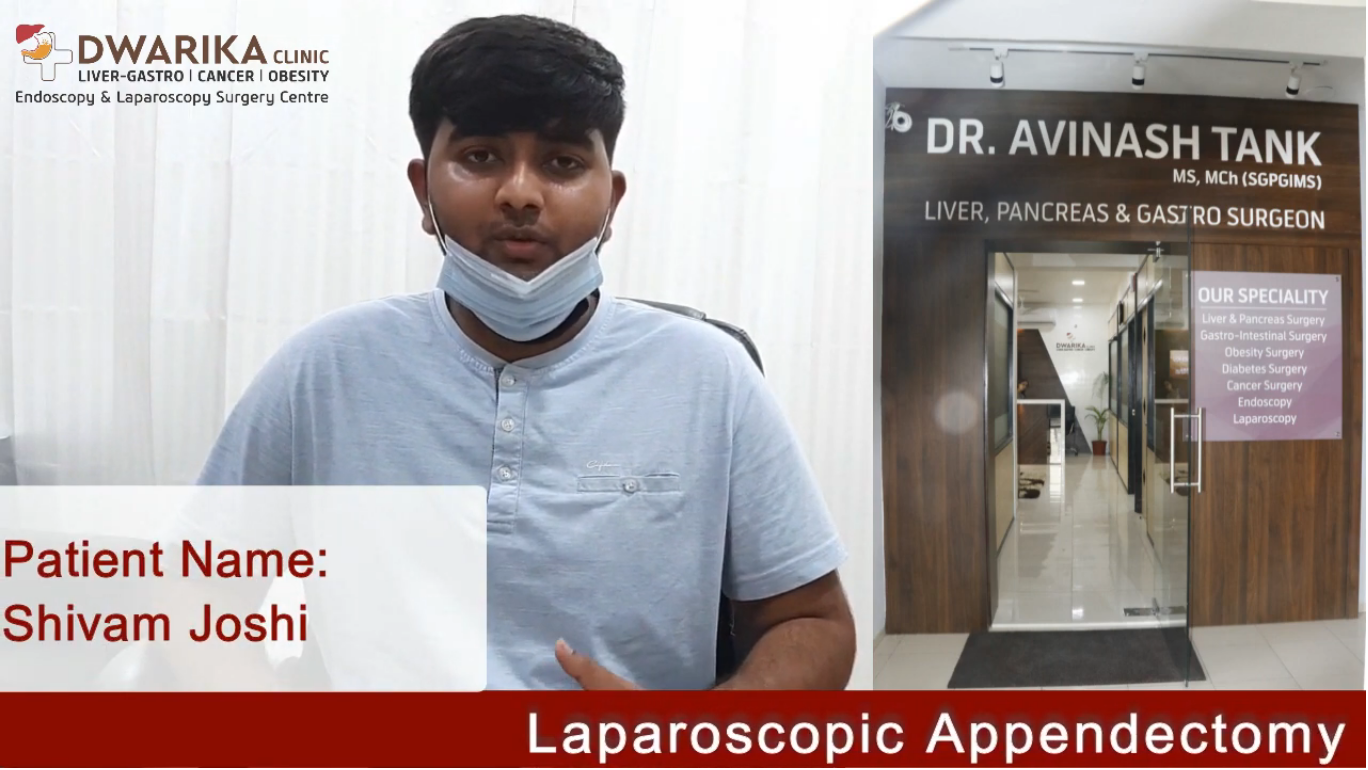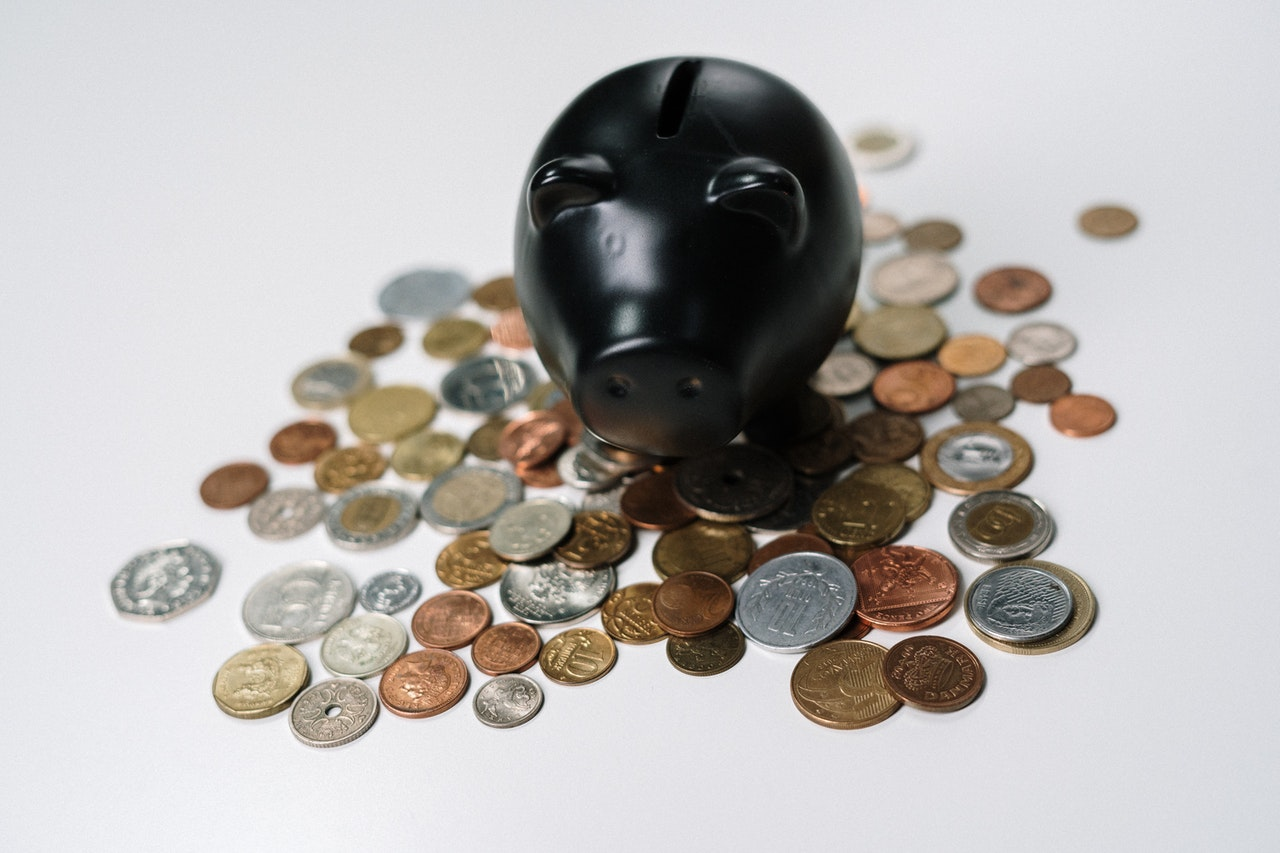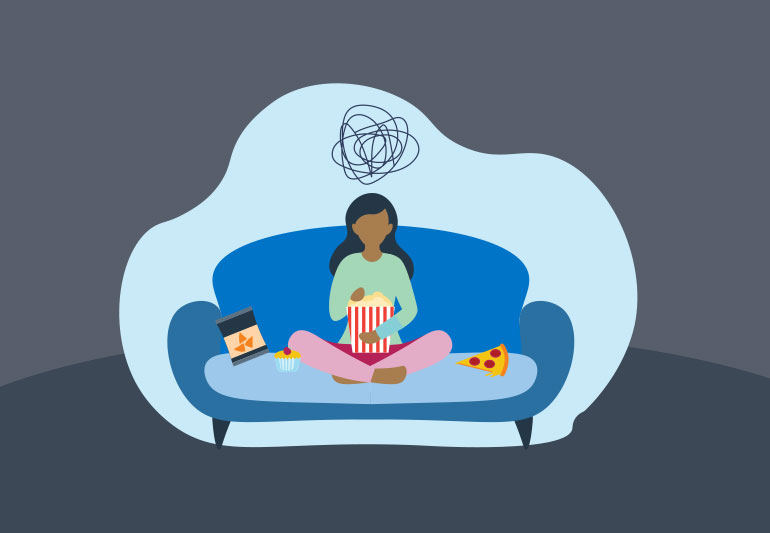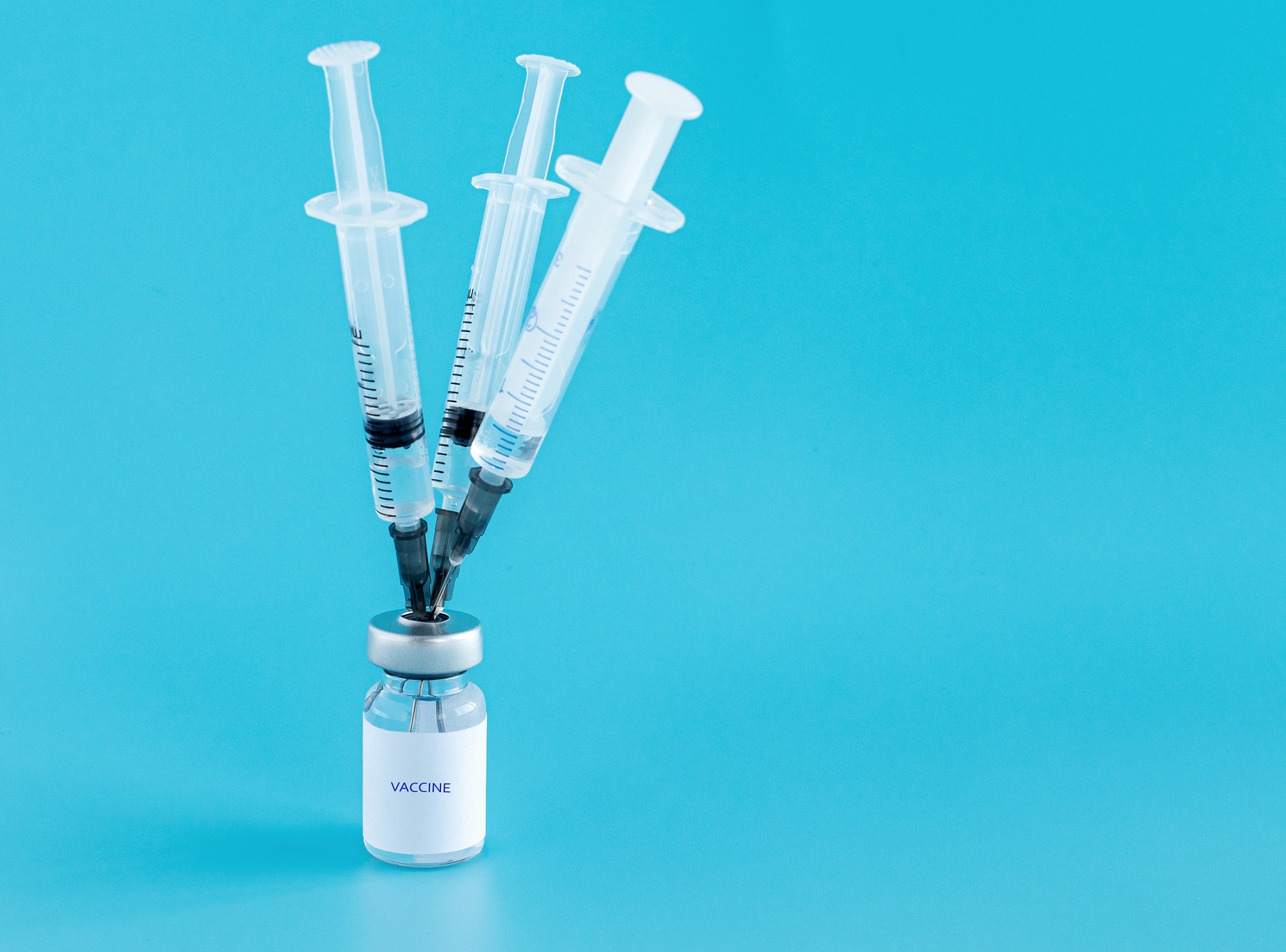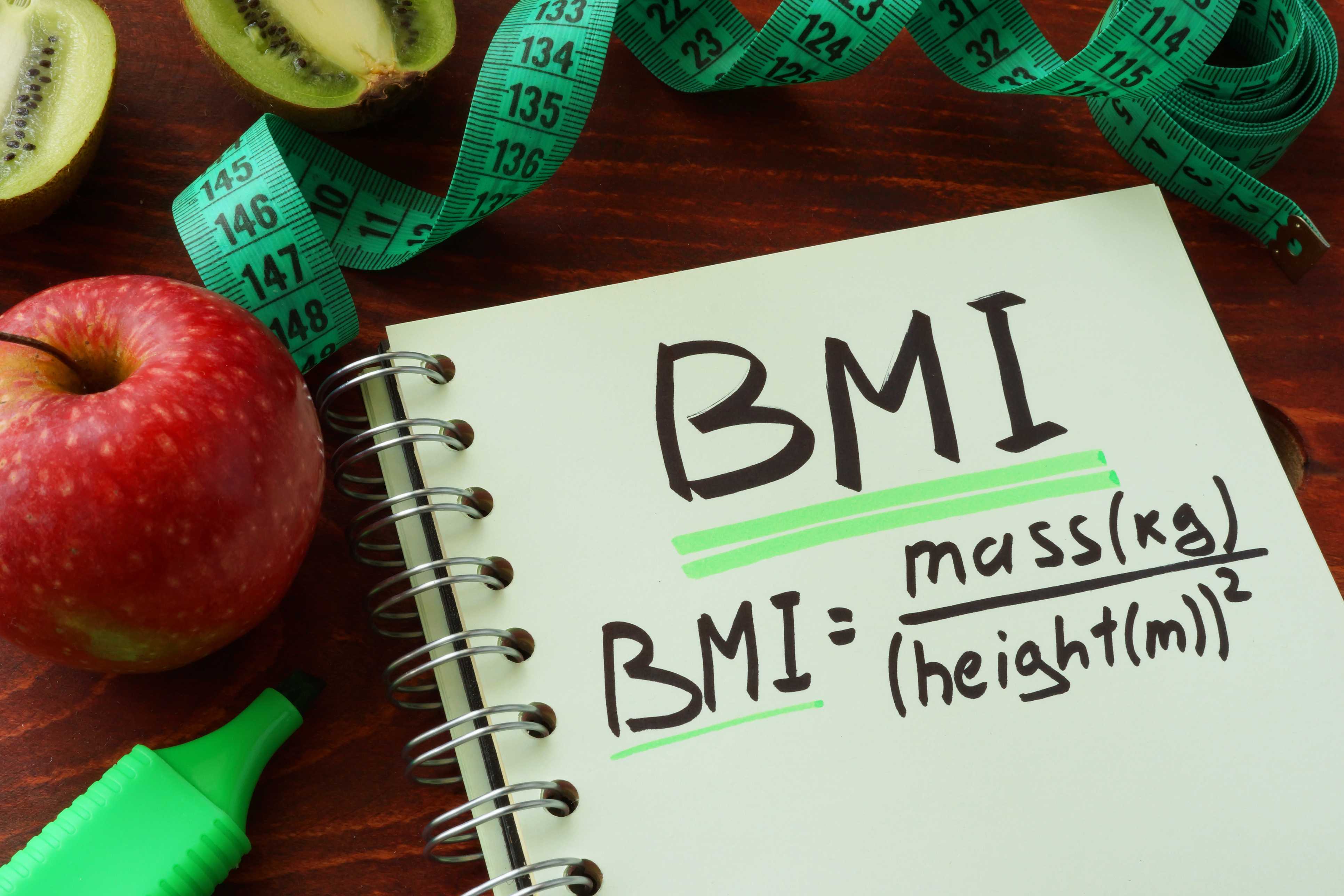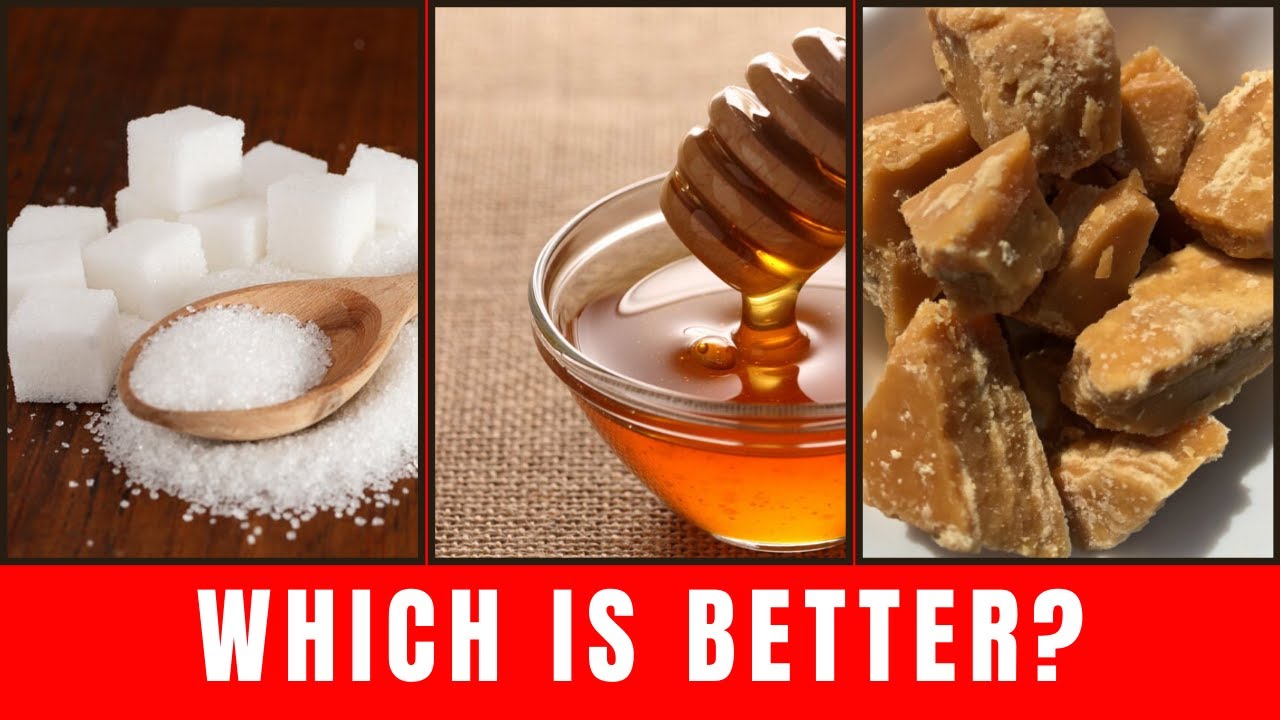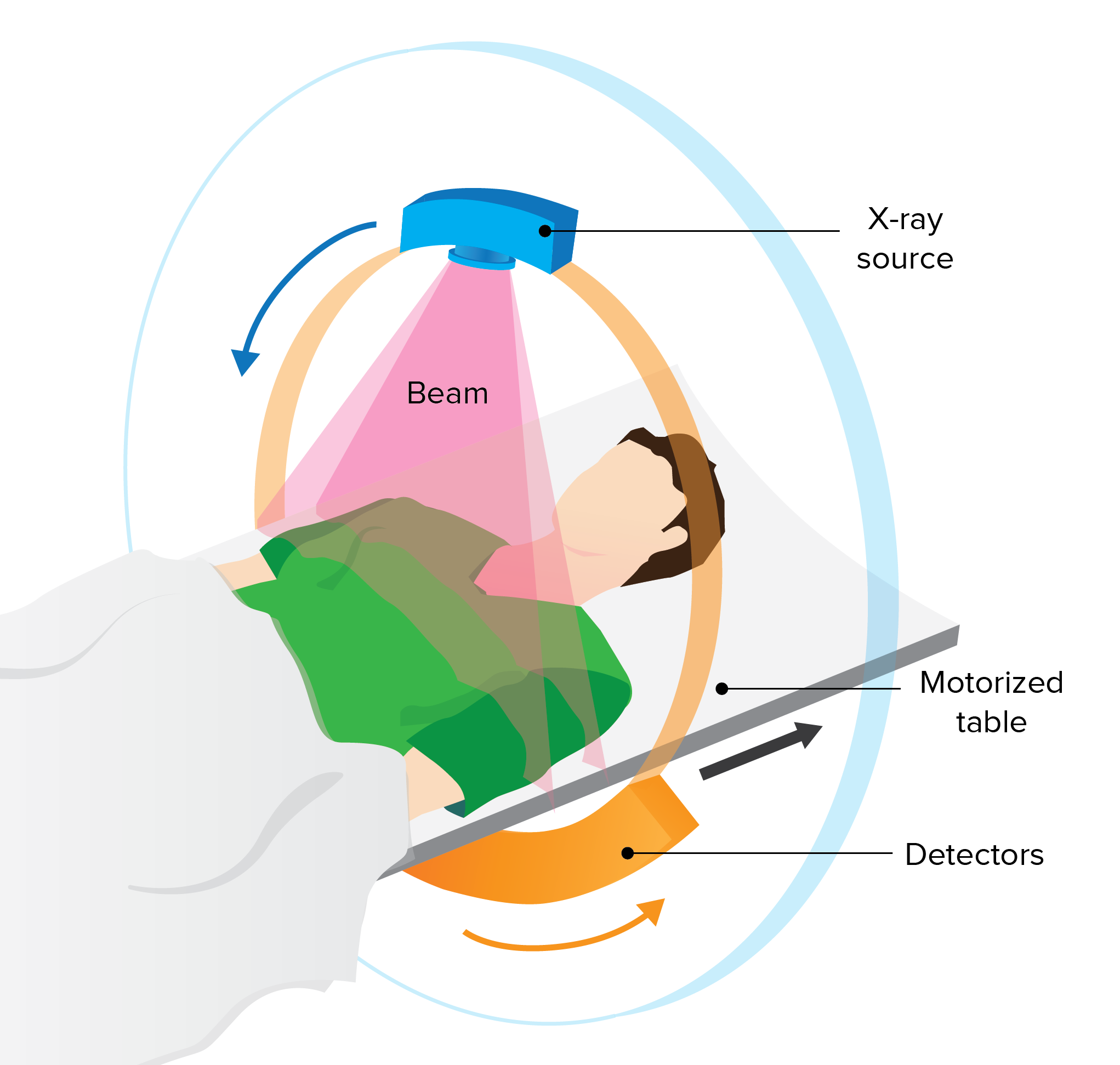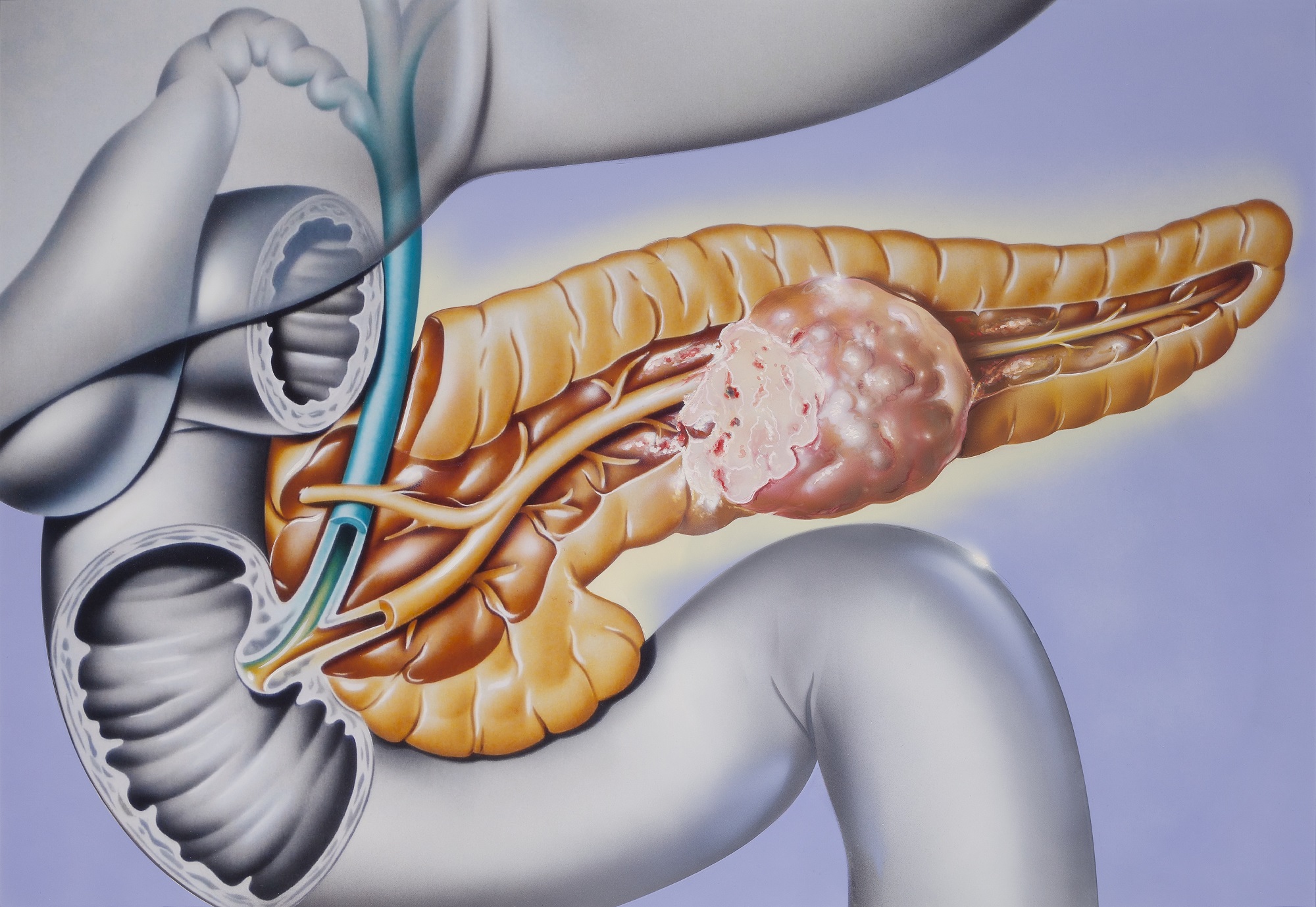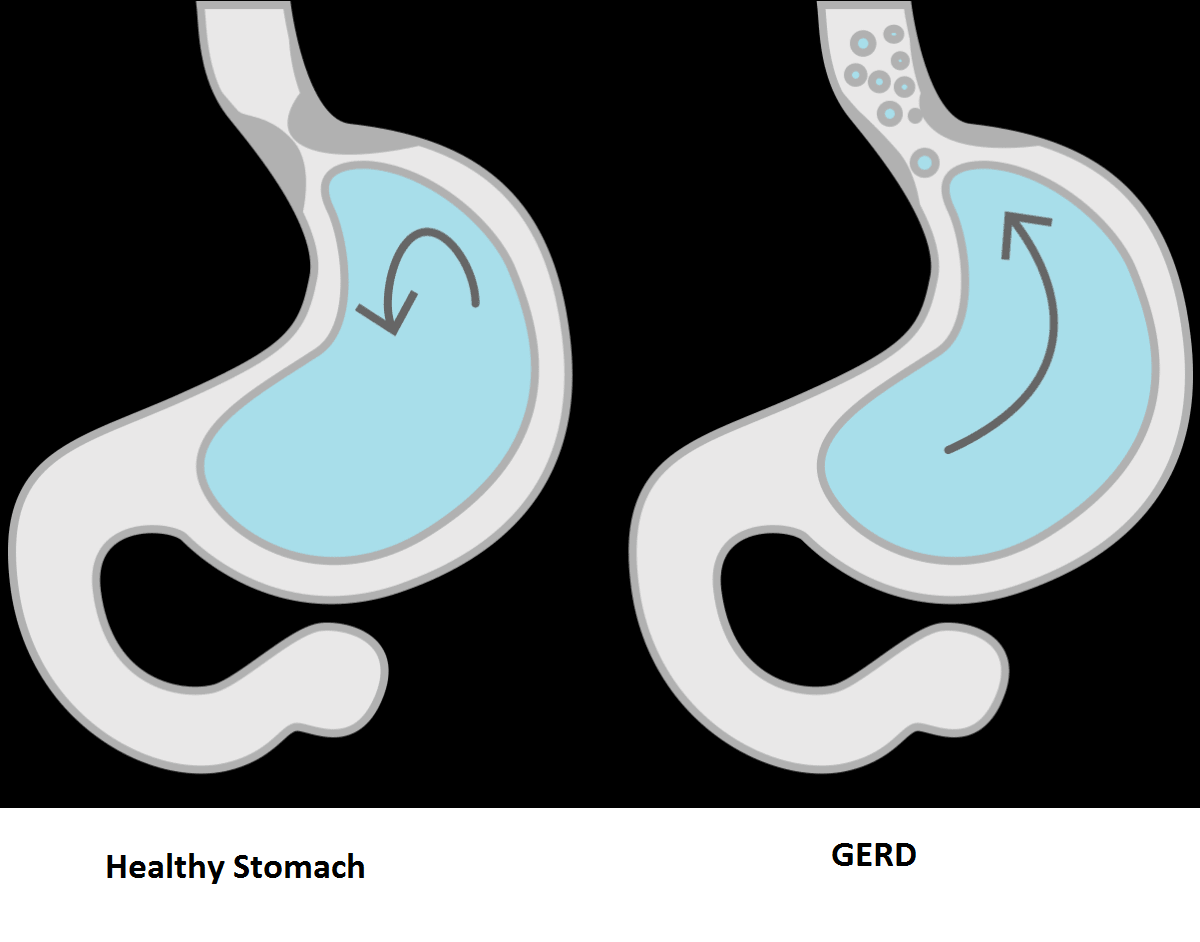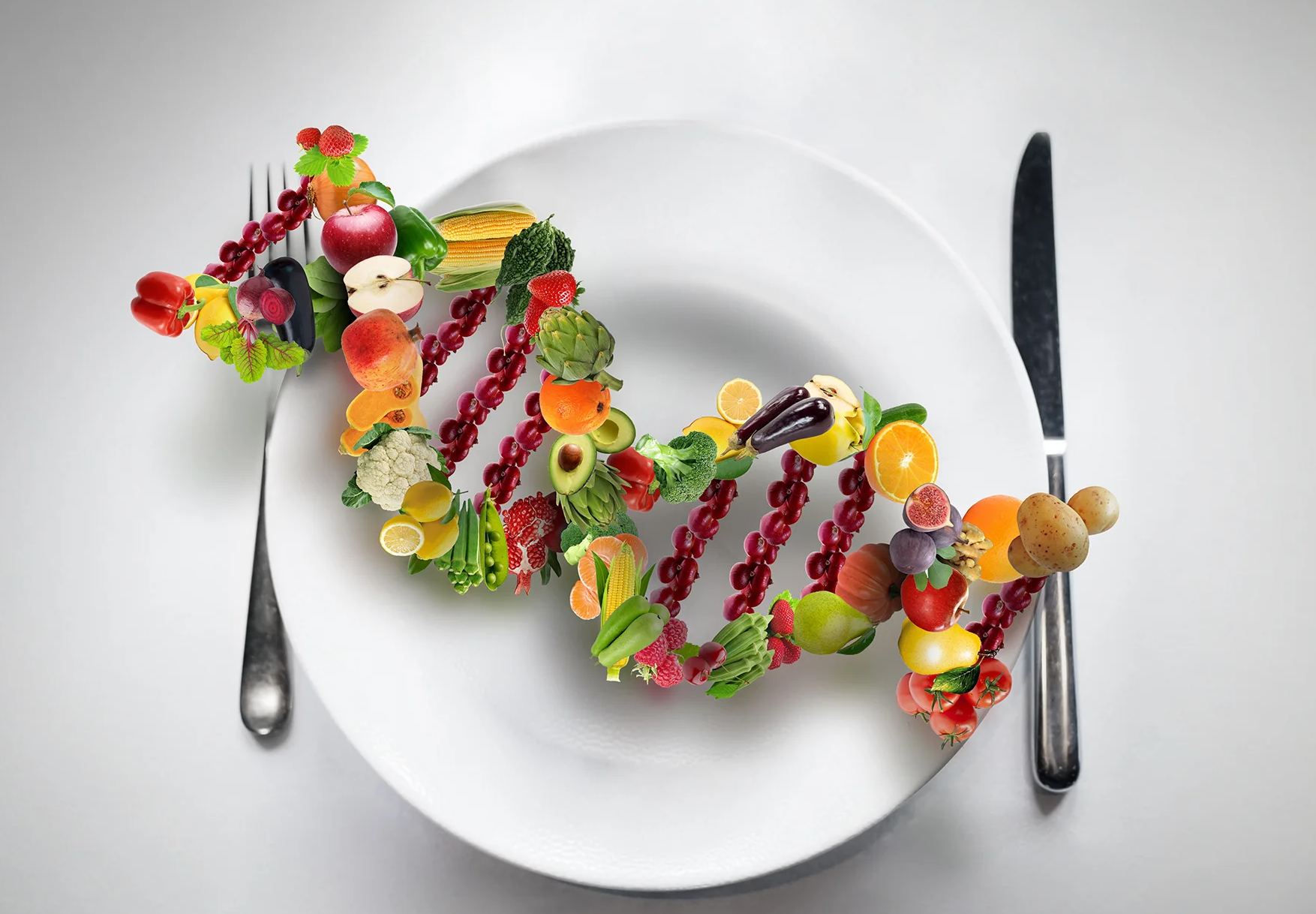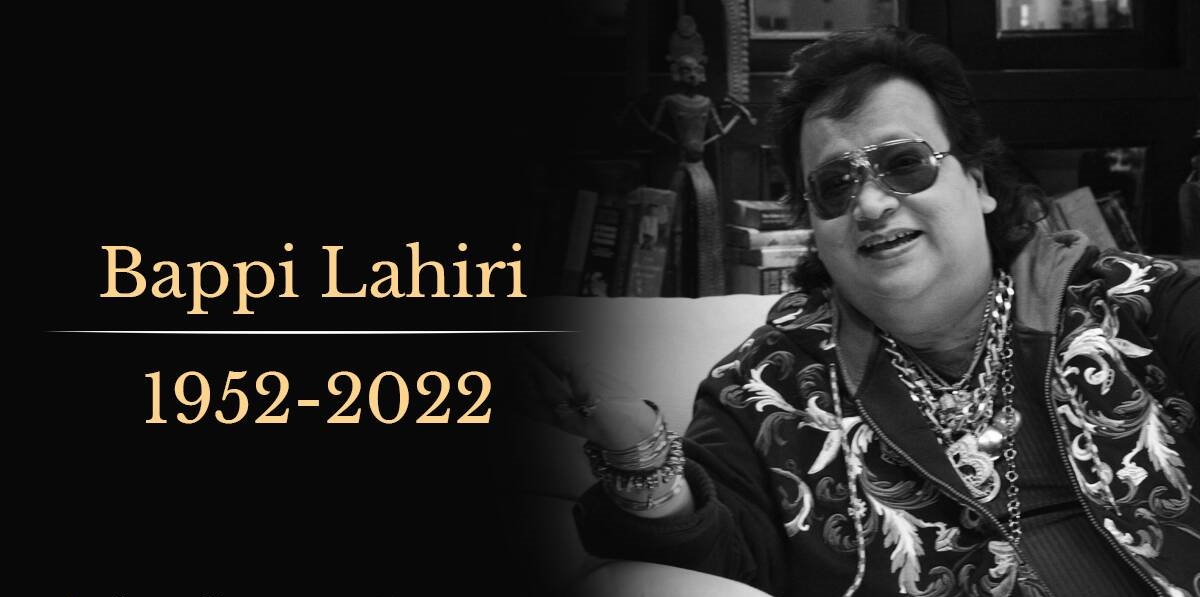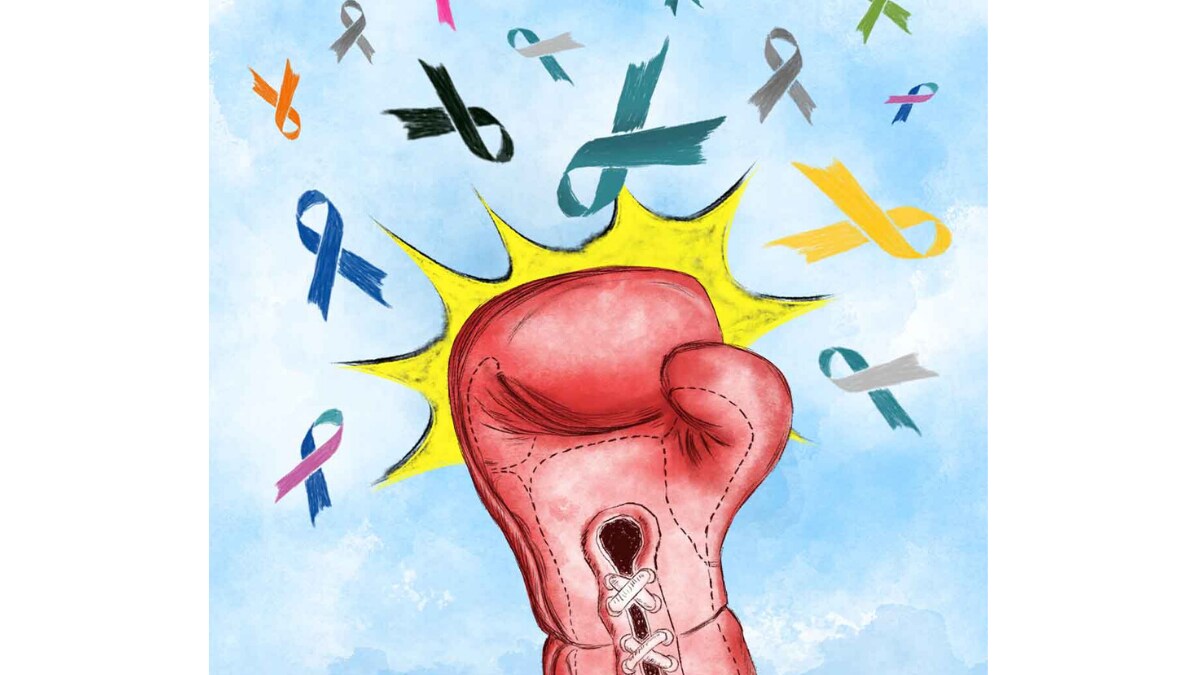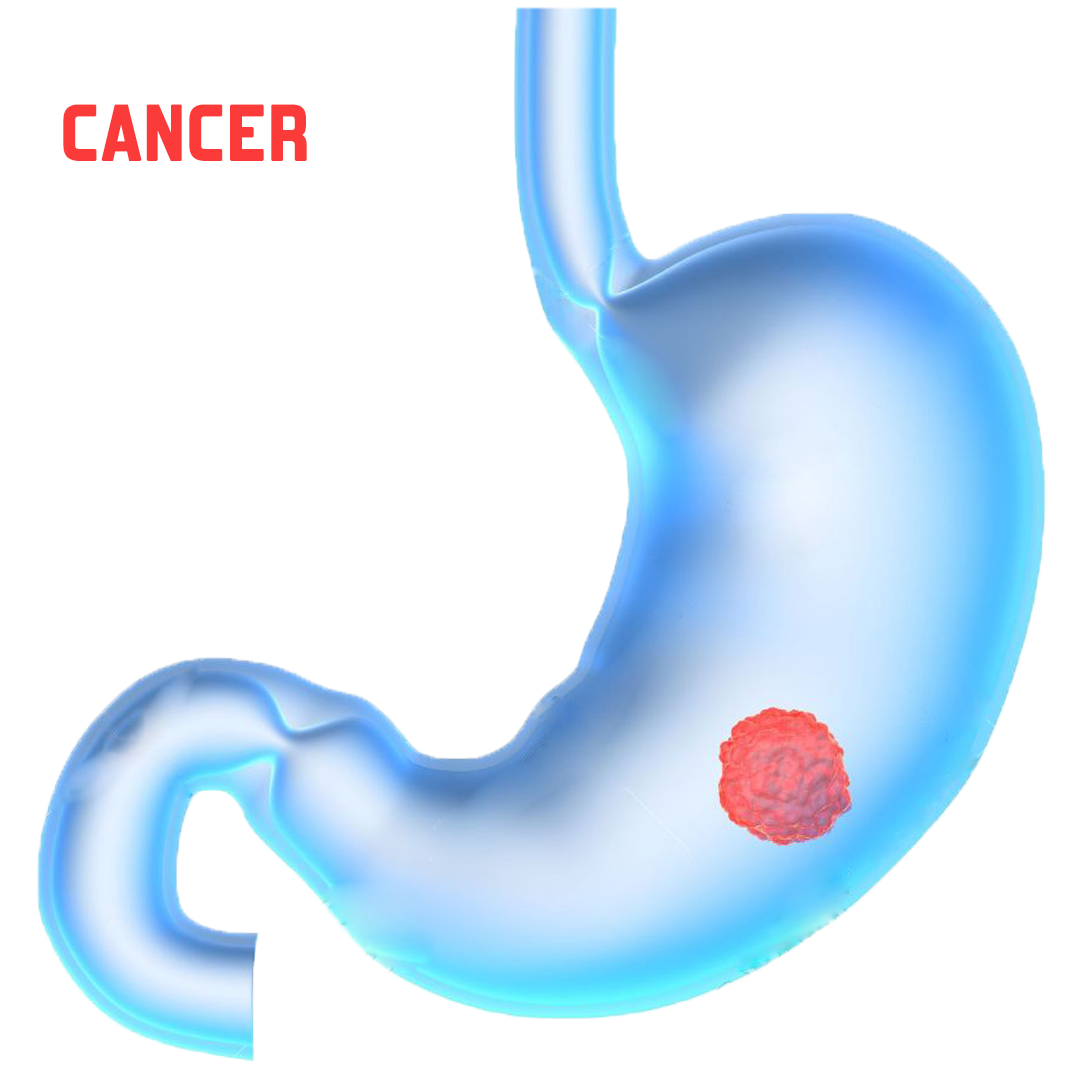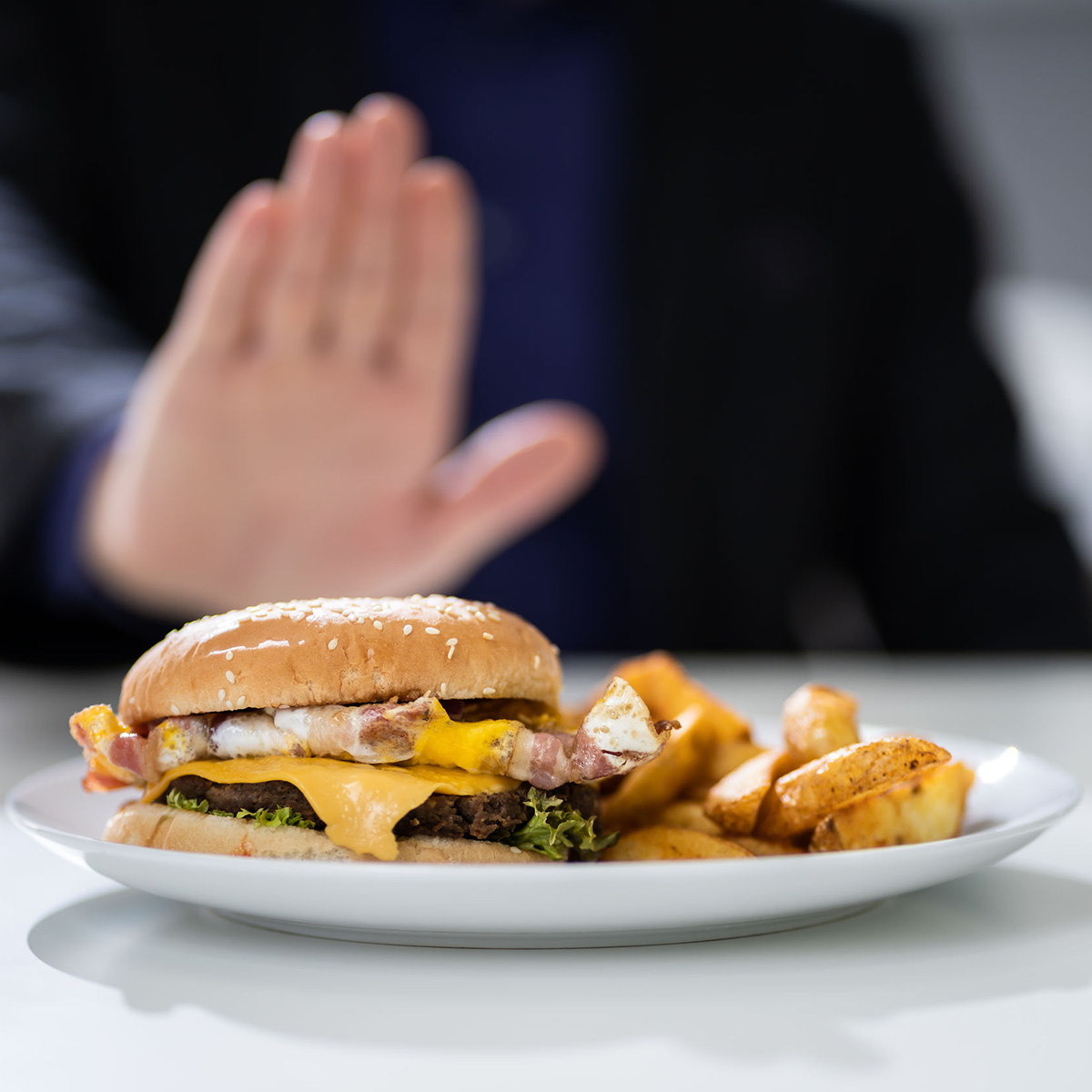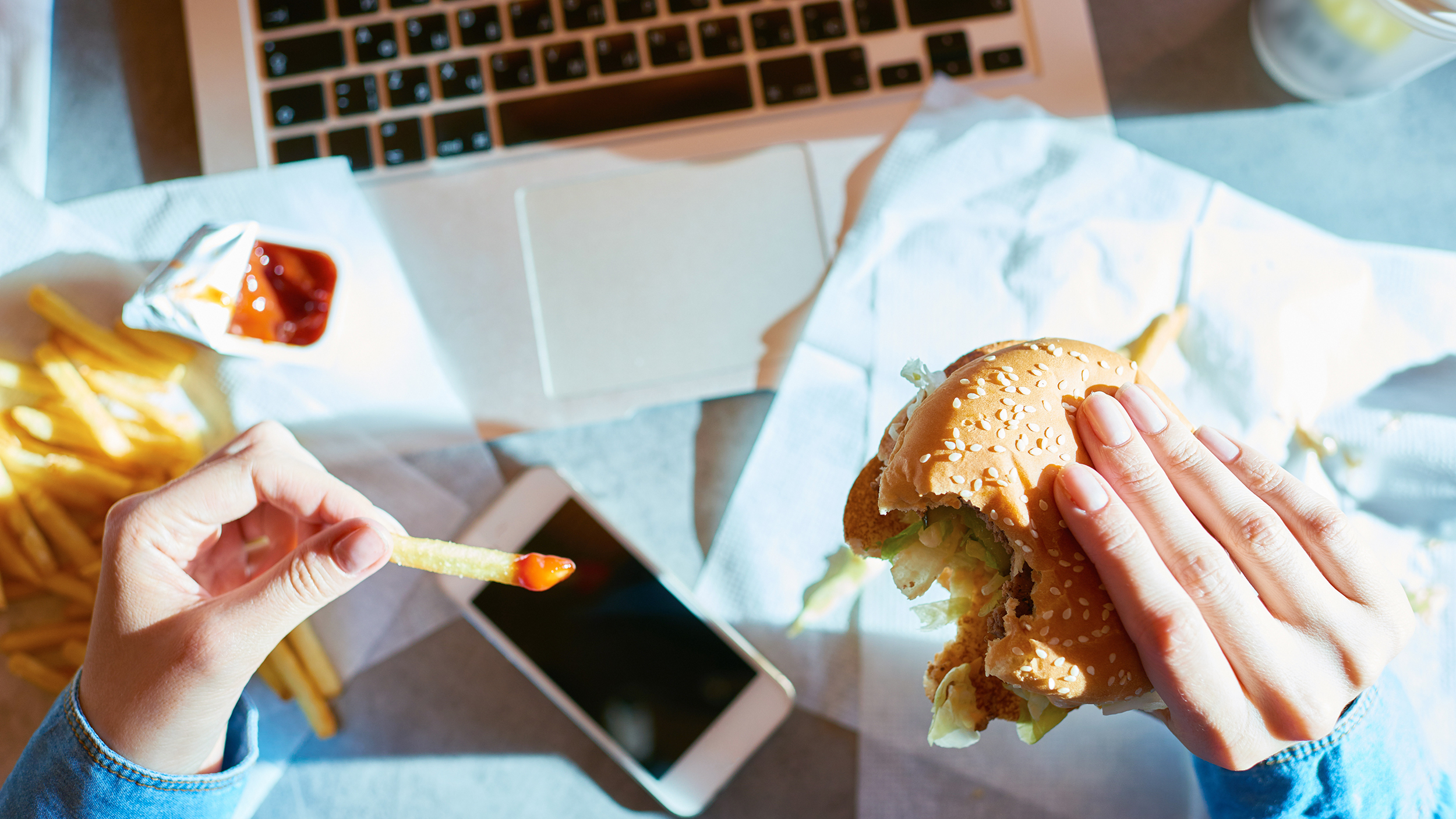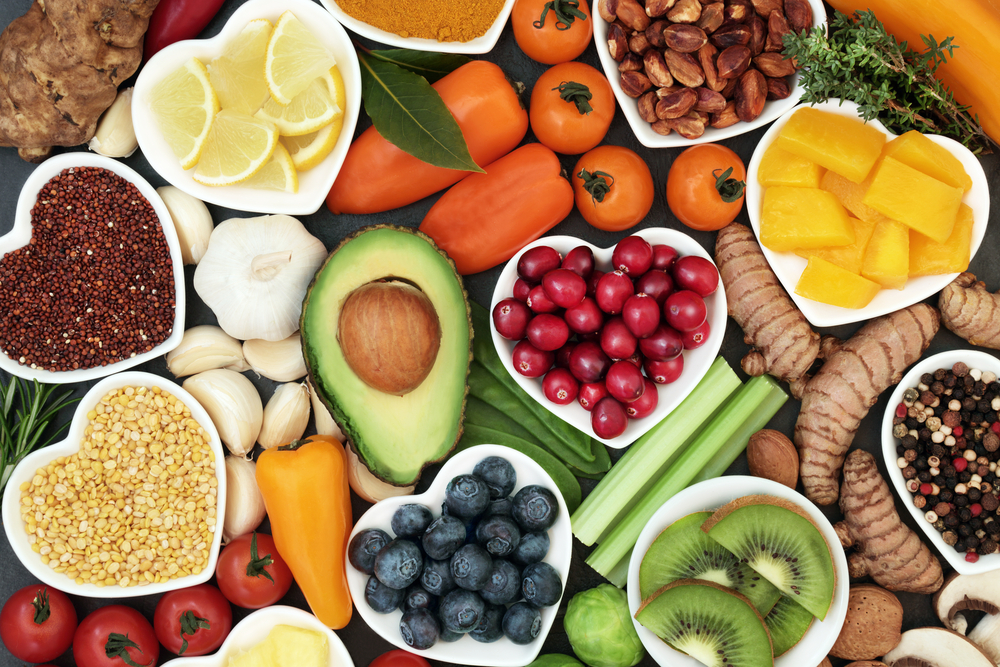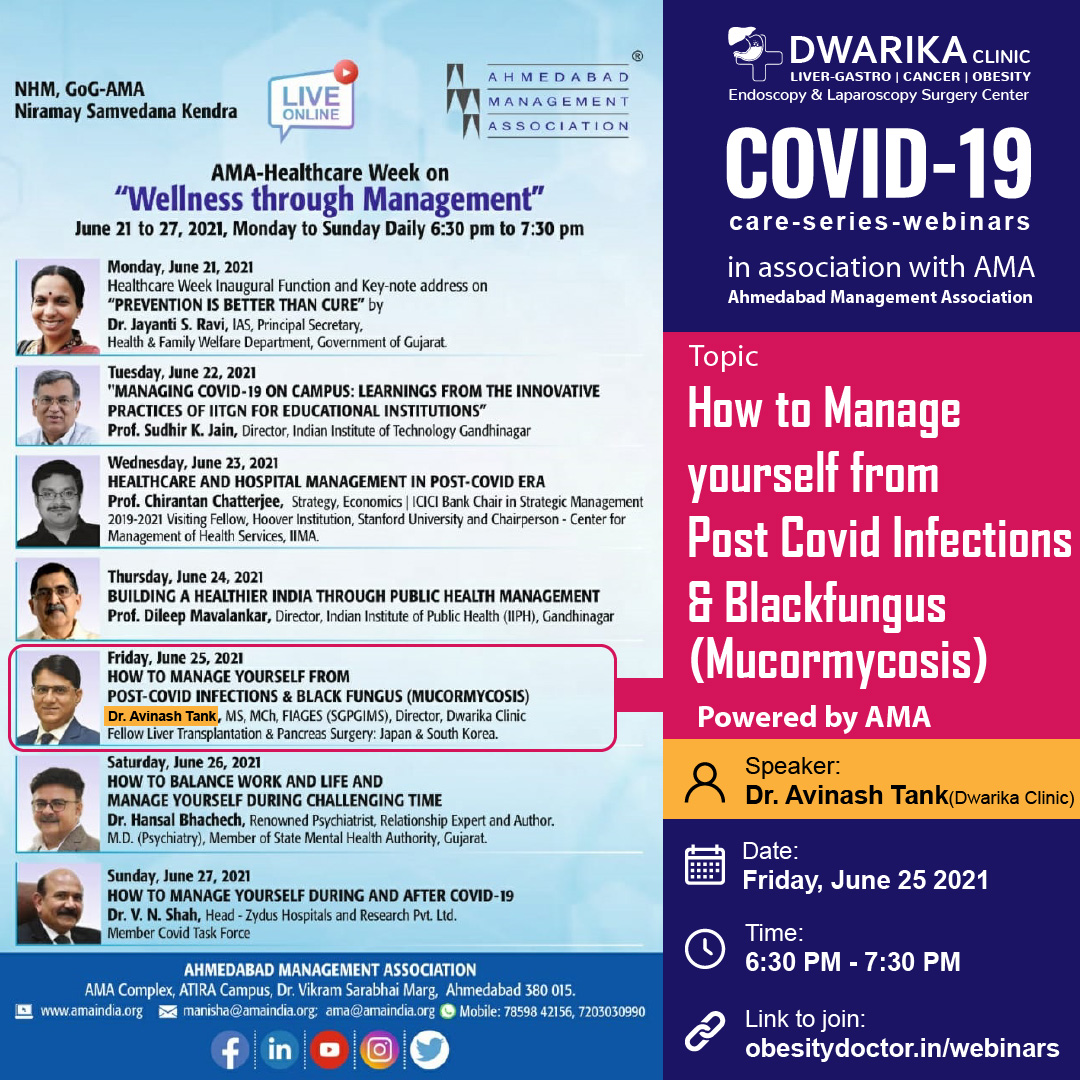REFLUX / GERD
GERD: Best Doctor & Best Hospital
Suffering from heartburn/ GERD? Check out how we can help you.

What is GERD?
Gastroesophageal reflux disease (GERD) is a chronic digestive disease that occurs when stomach acid or, occasionally, bile flows back (refluxes) into your food pipe (esophagus). The backwash of acid irritates the lining of your esophagus and causes GERD signs and symptoms.
In normal digestion, once we eat, food travels from mouth to stomach through a tube called the esophagus. At the lower end of the esophagus is a small ring of muscle called the lower esophageal sphincter (LES). The LES acts like a one-way valve, allowing food to pass through into the stomach. Normally, the LES closes immediately after swallowing to prevent back-up of stomach juices, which have a high acid content, into the esophagus.
GERD occurs when the LES does not function properly allowing acid to flow back and burn the lower esophagus. This irritates and inflames the esophagus, causing heartburn and eventually may damage the esophagus.
SYMPTOMS OF GERD
Heartburn, also called acid indigestion, is the most common symptom of GERD and usually feels like a burning chest pain beginning behind the breastbone and moving upward to the neck and throat. Many people say it feels like food is coming back into the mouth leaving an acid or bitter taste.
COMPLICATIONS THAT CAN ARISE DUE TO UNTREATED GERD
Long-standing inflammation of esophagus can lead to following complications:
- Esophageal Ulcer: Stomach acid can severely erode tissues in the esophagus, causing an open sore to form. The esophageal ulcer may bleed, cause pain and make swallowing difficult.
- Esophageal Stricture/ Stenosis (Narrowing of the esophagus): Damage to cells in the lower esophagus from acid exposure leads to formation of scar tissue. The scar tissue narrows the food pathway, causing difficulty swallowing.
- Precancerous changes to the esophagus (Barrett's esophagus): In Barrett's esophagus, the color and composition of the tissue lining the lower esophagus change. These changes are associated with an increased risk of esophageal cancer. The risk of cancer is low, but need regular endoscopy exams to look for early warning signs of esophageal cancer.
BEST GERD TREATMENT IN AHMEDABAD, INDIA:
LAPROSCOPIC Reflux (GERD) SURGERY
Surgery now a days used to treat GERD is known as Laparoscopic anti-reflux surgery (medically called as Laparoscopic Nissen Fundoplication). This surgery involves reinforcing the valve between the esophagus and the stomach by wrapping the upper portion of the stomach around the lowest portion of the esophagus.
In a laparoscopic procedure, surgeons use small incisions to enter the abdomen through cannulas (narrow tube-like instruments). The laparoscope, which is connected to a tiny video camera, is inserted through the small incision, giving the surgeon a magnified view of the patients internal organs on a television screen.
The entire operation is performed inside after the abdomen is expanded by inflating gas into it.
Compared to open surgery, benefits of laparoscopic surgery include
- Less post-operative pain
- Better cosmetic results
- Fewer wound infections
- Fewer incisional hernias
- Faster recovery and return to pre-surgical levels of activity
Book an online consultation with our experts here-




